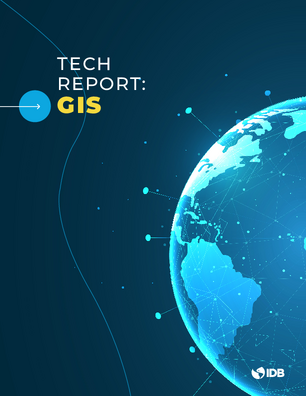Tech Report: GIS
Date issued
Jun 2024
Subject
Disruptive Innovation;
Geographic Information System;
Technology Training;
Urban Planning;
Artificial Intelligence;
Technology Risk;
Internet of Things;
Exponential Technology;
Science and Technology;
Digital Technology;
Infrastructure Development;
Resource Management;
Data Visualization;
Emergency Management
JEL code
O32 - Management of Technological Innovation and R&D;
O33 - Technological Change: Choices and Consequences • Diffusion Processes;
O35 - Social Innovation;
O38 - Government Policy
Category
Learning Materials
GIS applications are extensive, spanning project management, agriculture, urban planning, and emergency response. In project monitoring, GIS enables effective resource prediction and allocation. In agriculture, it aids in resource planning, while in urban planning, it enhances infrastructure maintenance and service management. Moreover, GIS plays a crucial role in emergency response, optimizing information and resource distribution. Additionally, it contributes significantly to environmental conservation and search and rescue missions, enhancing the efficiency and effectiveness of these endeavors.
The synergy between GIS and emerging technologies such as Artificial Intelligence (AI), drones, the Internet of Things (IoT) and Augmented Reality (AR) expands the horizons of geospatial data analysis and visualization. This integration promises innovative solutions to complex challenges, improving urban planning, resource management, and emergency response, to name a few.
The synergy between GIS and emerging technologies such as Artificial Intelligence (AI), drones, the Internet of Things (IoT) and Augmented Reality (AR) expands the horizons of geospatial data analysis and visualization. This integration promises innovative solutions to complex challenges, improving urban planning, resource management, and emergency response, to name a few.
NO



